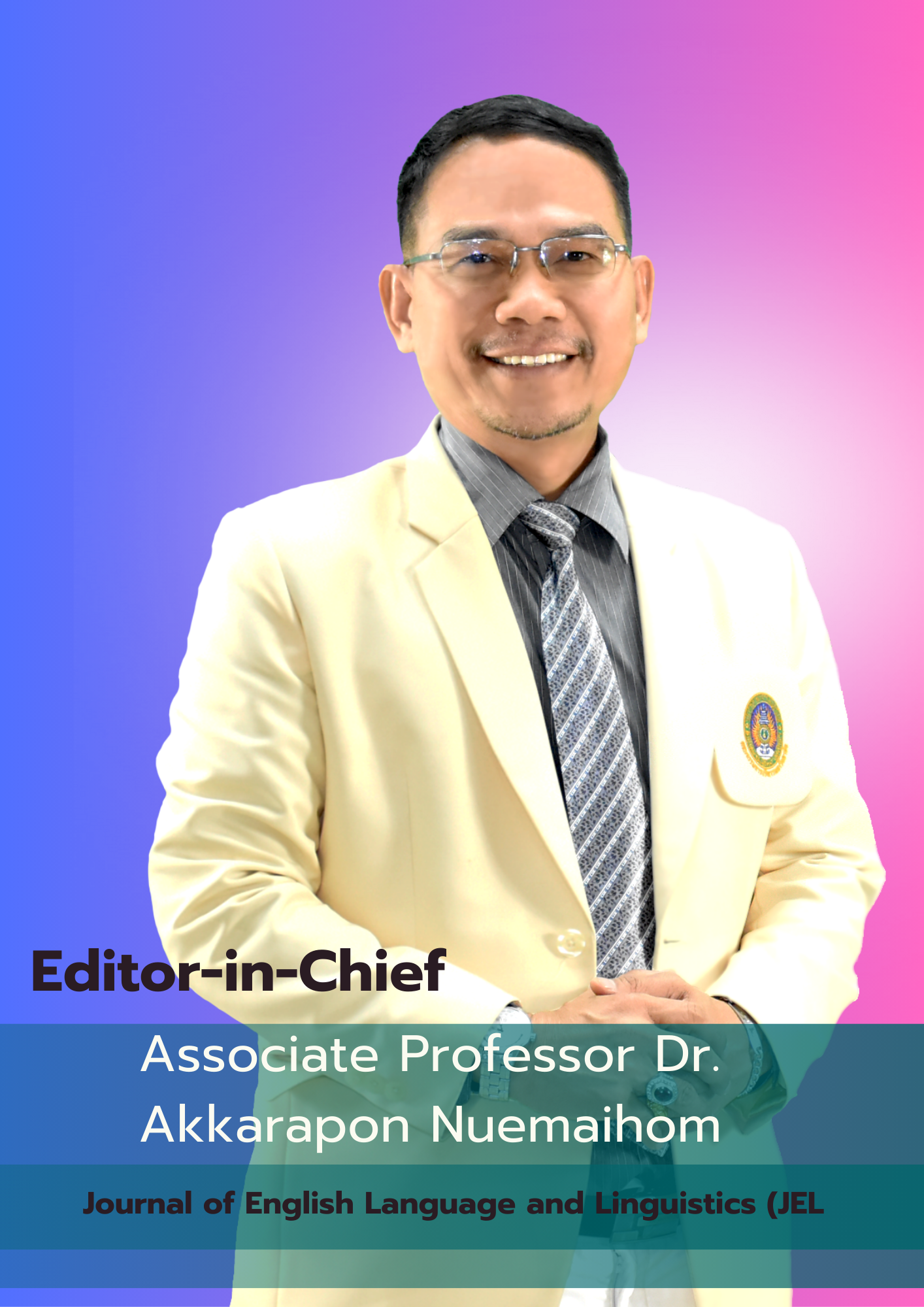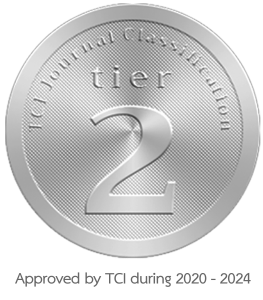Exploring the linguistics landscape of Pu’er tea: A case study of Bulang tea tradition in Laoman’e village
DOI:
https://doi.org/10.62819/jel.2024.458Keywords:
Ancient tea, king tea, Pu’er tea, Bulang Buddhist community, Laoman’e village, and Xishuangbanna.Abstract
This study presents Pu'er tea's range while shedding light on its identity and classifications, which are directly related to Yunnan province's growth. The previous scholarship had widely neglected this topic and failed to examine the diversity of Pu'er tea. However, for this research work, fills the research gaps of the four primary objectives: identifying and highlighting ancient and king Pu'er teas; assessing the economic standing of the Bulang Buddhist community; differentiating between these two varieties of Pu'er tea; and exploring the historical context of Chinese tea culture. The study revealed four main findings such as the first finding suggests that tea traders promoted the phrase "Pu'er tea" to integrate and assess all Pu'er area tea varieties in order to enhance sales. The second finding, based on Chinese tea history, demonstrates the significance of ancient and King Pu'er teas for the Bulang Buddhist community. The third finding indicates a total of eight varieties of Pu'er tea, and the fourth finding shows the significant important of ancient and king tea of Buang Buddhist community in the Laoman’e village. This study used a mixed-methods approach, integrating both qualitative and quantitative research data, and analyzing data constantly. Therefore, the author conducted in-depth interviews with twenty-two study participants and carried out fieldwork in the Laoman'e hamlet in Xishuangbanna, in the Chinese province of Yunnan. This study was significant for the Bulang Buddhist ethnic group of Laoman’e village, which relies mostly on ancient and king pu'er tea sales in the mountainous region of Xishuangbanna, Yunnan Province, China.
References
Azorin, Jose Molina, and Roslyn Cameron. (2010). “The Application of Mixed Methods in Organizational Research: A Literature Review,” Electronic Journal of Business Research Methods: Vol. 8, 2 (2010), 95-105.
Coyle, J., & Williams, B. (2000). An exploration of the epistemological intricacies of using qualitative data to develop a quantitative measure of user views of health care. Journal of Advanced Nursing, 31, 1235-1243.
Fang, GY. (2001a). Pu’er cha (pu’er tea). In: Chaomin L (ed) Fang Guoyu Wenji (Collected Works of Fang Guoyu),” Yunnan Jiaoyu Chubanshe, 1(4), 426–430.
Gilbert, Marc Jason. (2008). “Chinese Tea in World History,” Education About Asia, 13(2), 01-07.
Han, Paul Leung. (2007). Tea and Tourism. In, Tourists, Traditions, and Transformations (P. 3). The Cromwell Press.
Hung, PY. (2015a). “Tea Forest in the Making: Tea Production and the Ambiguity of Modernity on China’s Southwest Frontier,” Geoforum, 4(7), 178–188.
Jiang, Chenkai, et al., (2018). “Chemical Compositions of Pu’er Tea Fermented by Europtium Cristatum and Their Lipi-Lowering Activity,” Elsevier, 98(71), 204–211.
Li, Wanlin, et al., (2023). “Traditional Management of Ancient Pu’er Teagardens in Jingmai Mountains in Yunnan, China: A Designated Globally Imported Agricultural Heritage Systems Site,” Journal of Ethnobiology and Ethnomedicine, 19(26), 01–15.
Li, Simengyu, et al., (2021). “Effect of Drying on the Quality of Raw Tea of Pu’er Tea,” Earth and
Environmental Science, 29(03), 01–07.
Li, Xingue, et al., (2014). “Effects of Organic and Other Management Practices on Soil Nematode
Communities in Tea Plantations: A Case Study in Southern China," Journal of Plant Nutrition and Soil Science, 177(1), 604–612.
Li, QM. Ren Tong. (2011). Guanxi yu bu Tong: Zhong Mianbian Jing yi ge Meng Gao Mian yu zu You Guan Cha ye de She Hui Shen Huo (Identity, Relationship, and Difference: The Social Life of Tea in a Group of Mon-Khmer-Speaking People Along the China-Burma Frontier, Yunnan Daxue Chubanshe Press,
Lin CM. (2008). “Puer cha san lun (a casual talk on Pu’er tea: Lin Chaomin Wenji - Collected
Works of Ling Chaomin)”, Yunnan Renmin Chubanshe, 2(9), 298–316.
Ma, Zhen. (2018). “Sensorial Place-making in Ethnic Minority Areas: The Consumption of Forest Pu’er Tea in Contemporary China,” Asia Pacific Journal of Anthropology, 19(4), 316-332.
Mckim, Courtney A. (2017). The Values of Mixed Methods Research: A Mixed Methods Study,” Journal of Mixed methods Research: Vol. II (2) 202-222.
Molina-Azorin, J. F. (2011). The use and added value of mixed methods in management research. Journal of Mixed Methods Research, 5(1), 7-24.
Pedan, Vasilisa, et al., (2018). “Bioactive Compound Fingerprint Analysis of Aged Raw Pu’er Tea and Young Ripenend Pu’er Tea,” Molecules, 23(31), 01–18.
Perduce, Peter C., “Is Pu’er in Zomia? Tea Cultivation and the State in China," Agrarian Studies Colloquium, 15(10), 01–24.
Qiong, Yan Xishuang, and Yan Xishuang. (2014). “History of Pu’er Tea and Comparative Study for the Effect of its Various Etracts on Lipid-Lowering Diet,” Pakistan Journal of Pharmaceutical Sciences, 27(4), 01-22.
Ruan, H. (1995a). Hangzhou (Chinese version), Zhejiang Press.
Sieber, S. D. (1973). The integration of fieldwork and survey methods. American Journal of Sociology, 78, 1335-1359.
Tian, Jianqing, et al., (2013). “Bacterial and Fungal Communities in Pu’er Tea Samples of Different Ages,” Journal of Food Science, 78(8), M1249–M1256
Timans, Rob. Paul Wouters. Johan Helibron. (2019). “Mixed Methods Research: What it is and What It Could be,” Springer 48, (2019), 193-216.
Yan, Xuehang, et al., (2023). “Analysis of the Key Aroma Components of Pu’er Tea by Synergistic
Fermentation with Three Beneficial Microorganisms,” Food Chemistry – X, 21(10), 01–10.
Yan, Wenen. (2022). The Laoman’e-Bulang Tradition of Tea-Tree Consecration Under Theravāda Buddhism: An Empirical Study. The University of Mahidol Press.
…………., (2023). “The Laoman’e-Bulang Tradition of Tea-Tree Consecration Under Theravāda Buddhism: An Empirical Study,” Journal of International Buddhist Studies, 14(4), 01-19.
………….. (2023). “Ancient Village, Ancient Tea Trees, My Dreams, and More” (Chinese version), Journal of Chinese Buddhist Culture, 27(10), 01–30.
Yu, SD. (2016a). “The authenticity taste of Pu’er Tea and Transnational nterests,” Taiwan Journal of Anthropology, 14(1), 89–110.
………. (2016a). “Taiwan and the Globalization of Pu’er Tea: The Role of the Taste of Aging,” Cultural and Religious Studies, 4(5), 310–320.
Zhang, JH. (2014). Puer Tea: Ancient Caravans and Urban Chic, Seattle: University of Washington Press.



















